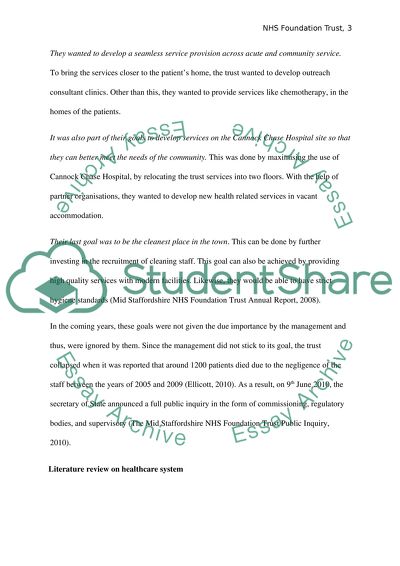Cite this document
(“The inquiry into the Mid-Staffordshire NHS Foundation Trust Assignment”, n.d.)
Retrieved from https://studentshare.org/family-consumer-science/1409789-the-inquiry-into-the-mid-staffordshire-nhs
Retrieved from https://studentshare.org/family-consumer-science/1409789-the-inquiry-into-the-mid-staffordshire-nhs
(The Inquiry into the Mid-Staffordshire NHS Foundation Trust Assignment)
https://studentshare.org/family-consumer-science/1409789-the-inquiry-into-the-mid-staffordshire-nhs.
https://studentshare.org/family-consumer-science/1409789-the-inquiry-into-the-mid-staffordshire-nhs.
“The Inquiry into the Mid-Staffordshire NHS Foundation Trust Assignment”, n.d. https://studentshare.org/family-consumer-science/1409789-the-inquiry-into-the-mid-staffordshire-nhs.


